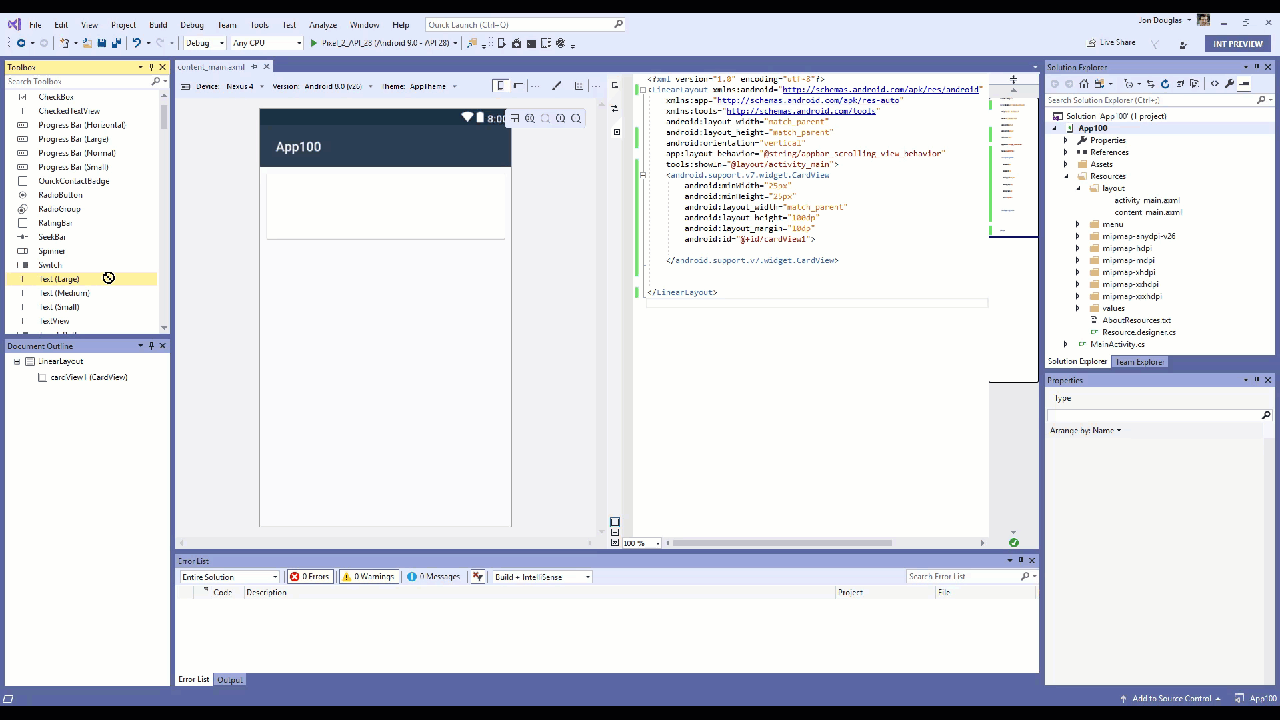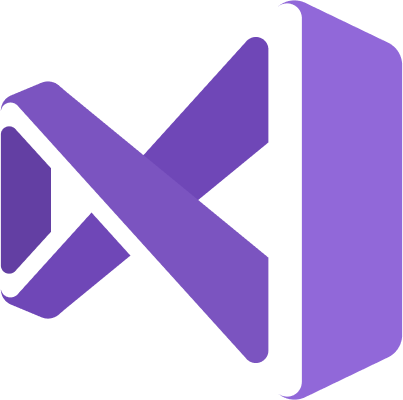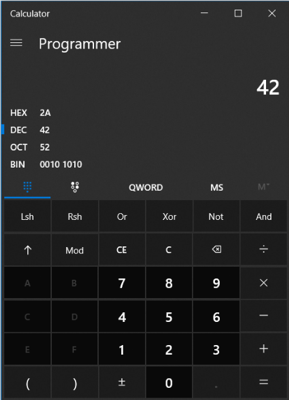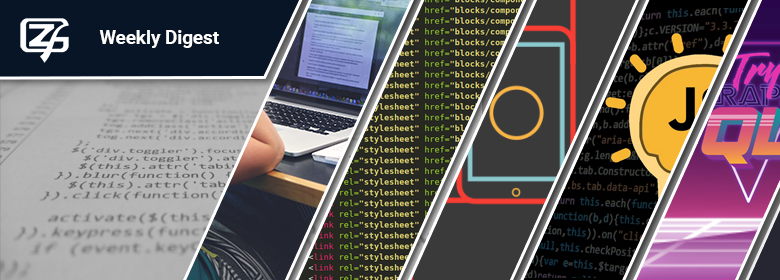Top game development companies in the world
The game industry is growing, especially among small, independent development companies. If you're looking for a game development company, let's take a glimpse at some top game development companies ranked, basing the list on games, as well as the number of existing players and uniqueness.



























